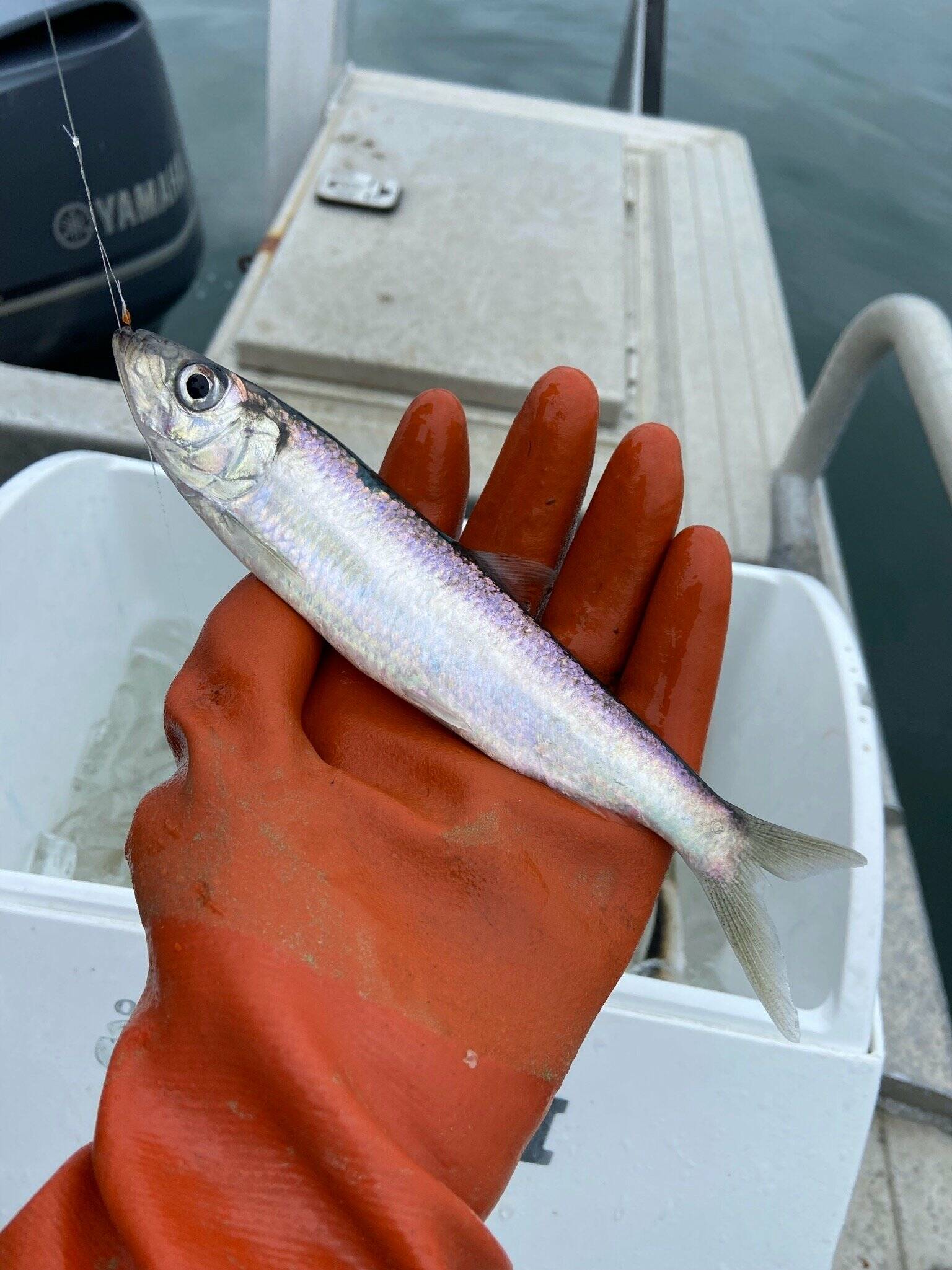by Russel Barsh
Director, KWIAHT
The islands-based conservation biology laboratory Kwiaht is partnering with the Nisqually Tribe and Long Live the Kings to understand how a changing climate will affect herring diets and the effects of pollution on herring in south Puget Sound.
The study is focusing on herring spawning and rearing at Oro Bay, a traditional Nisqually fishery that may be impacted by nearby Superfund sites.
Key questions include how sediment-bound toxicants enter the marine food web, and how changes in the diet of young herring may expose them to greater or lesser levels of compounds such as PCBs and dioxins.
A key element of the project will be training of Tribal technicians in rapid benchtop analytical methods using immunoassays—antibody reactions—that can be carried out inexpensively in small laboratories. Originally developed for medical research, and routinely used clinically for testing blood and urine, these methods are extremely sensitive, require relatively little sample preparation, and are gaining recognition as tools for monitoring environmental health.
Kwiaht, Nisqually, Tulalip, Lummi, Port Gamble S’Klallam and King County have already been partners with the University of Washington, NOAA and the Washington State Department of Fish and Wildlife in the Puget Sound-Wide Zooplankton Monitoring Program, established in 2014. This state-and federally-funded effort collects zooplankton samples from 15 locations in Puget Sound and the central Salish Sea every two weeks year-round.
Kwiaht began monitoring seasonal and annual changes in the diet of outbound juvenile Chinook salmon as they migrate through the San Juan Islands in 2008. Diets of herring and sand lance in the islands have been included since 2017, and a pilot study of PCBs, pesticides, and other toxicants in forage fishes from San Juan County waters was carried out in 2019-2021, paralleling similar work conducted in Puget Sound by state biologists.
Funding for the research has been provided through a competitive grant from the National Fish and Wildlife Foundation with support from BNSF Railway and from the Environmental Protection Agency.



